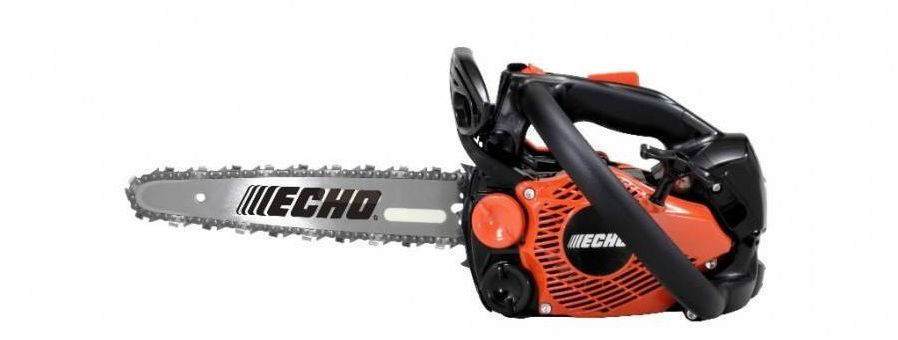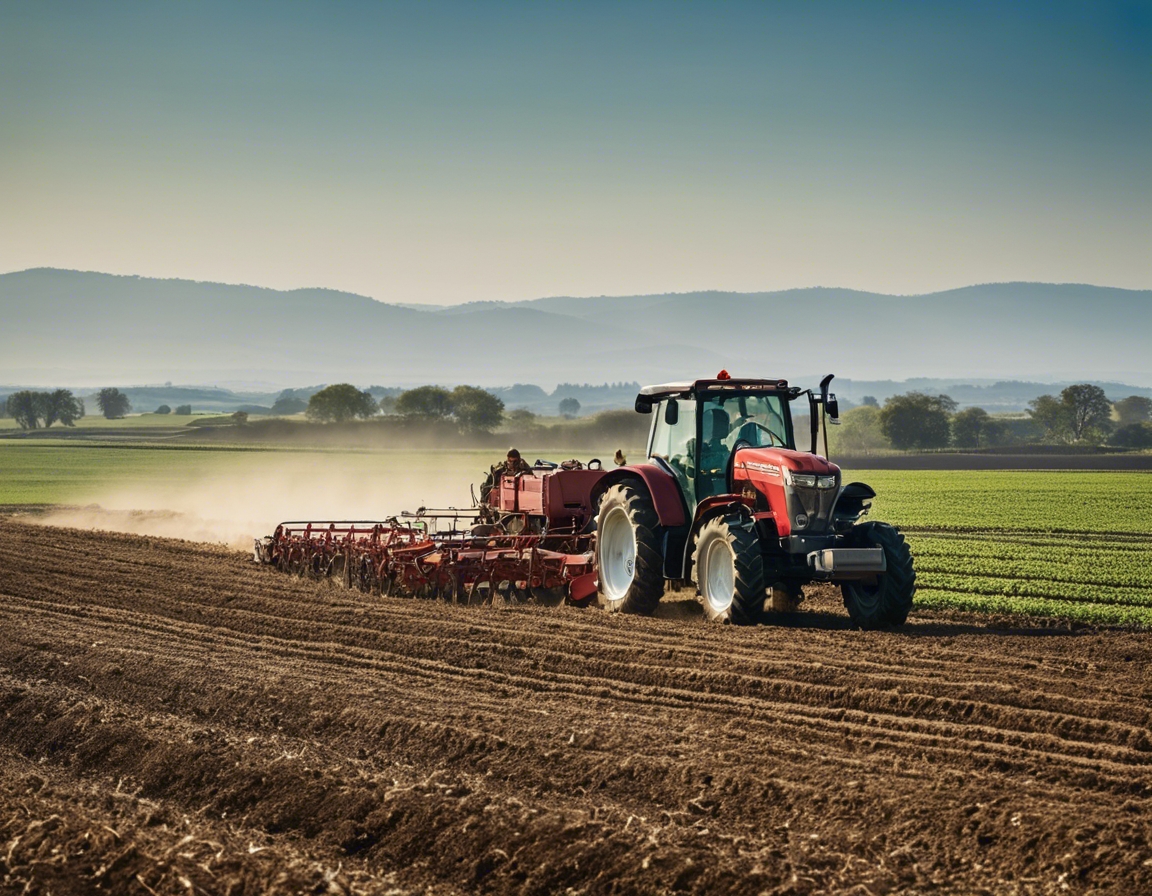The ultimate guide to choosing a chainsaw
Chainsaws are powerful tools designed for cutting through wood quickly and efficiently. They consist of a motor, a guide bar, and a chain with cutting teeth. Chainsaws are indispensable in forestry, agriculture, and landscaping, as well as for personal use in home gardening and DIY projects.
There are several types of chainsaws available, each suited to different tasks and user preferences. These include gas-powered, electric (corded), and battery-powered (cordless) chainsaws, as well as pole saws for reaching high branches and compact saws for lighter work.
Factors to Consider When Choosing a Chainsaw
Gas-powered chainsaws offer the highest power and mobility, while electric chainsaws provide a quieter, more environmentally friendly option with less maintenance. Battery-powered models combine some benefits of both, offering portability without the need for fuel.
The bar length determines the maximum diameter of wood the chainsaw can cut in a single pass. It's important to choose a length that matches the typical size of wood you'll be cutting.
The engine size, measured in cubic centimeters (cc), affects the chainsaw's power and performance. Larger engines are better for heavy-duty tasks but can make the saw heavier and more difficult to handle.
The weight of the chainsaw is crucial for user comfort and control. Ergonomic features such as cushioned handles and balanced design can reduce fatigue during extended use.
Important safety features include a chain brake, kickback protection, and low-vibration technology. These can help prevent accidents and reduce the risk of injury.
Choosing a reputable brand with a solid warranty can ensure reliability and support throughout the chainsaw's lifespan.
Chainsaws vary widely in price. It's important to balance cost with the quality and features you need for your specific tasks.
Chainsaw Features and Technologies
Anti-vibration systems help to reduce user fatigue and improve comfort by minimizing the vibrations transmitted to the user's hands and arms.
Automatic oiling systems keep the chain lubricated, ensuring smooth operation and reducing wear on the chain and bar.
Tool-free chain adjustment features allow for quick and easy chain tensioning without the need for additional tools.
Electric start mechanisms can make starting the chainsaw easier and more reliable, especially in cold weather.
Chainsaw Maintenance and Care
Proper cleaning and storage are essential to keep your chainsaw in good working condition. This includes cleaning the air filter, cooling fins, and chain sprocket area.
A sharp chain is crucial for efficient cutting. Regular sharpening can extend the life of the chain and improve the chainsaw's performance.
Over time, parts such as the chain, bar, and sprockets will wear out and need to be replaced to maintain optimal performance.
Chainsaw Safety
Using the appropriate PPE, such as helmets, gloves, eye protection, and ear protection, is essential for safe chainsaw operation.
Following proper operating procedures, including correct starting and stopping techniques, can help prevent accidents and ensure safe use.
Being prepared for emergencies, such as kickback or equipment failure, is crucial. This includes having a first aid kit on hand and knowing how to use it.






Comments (0)